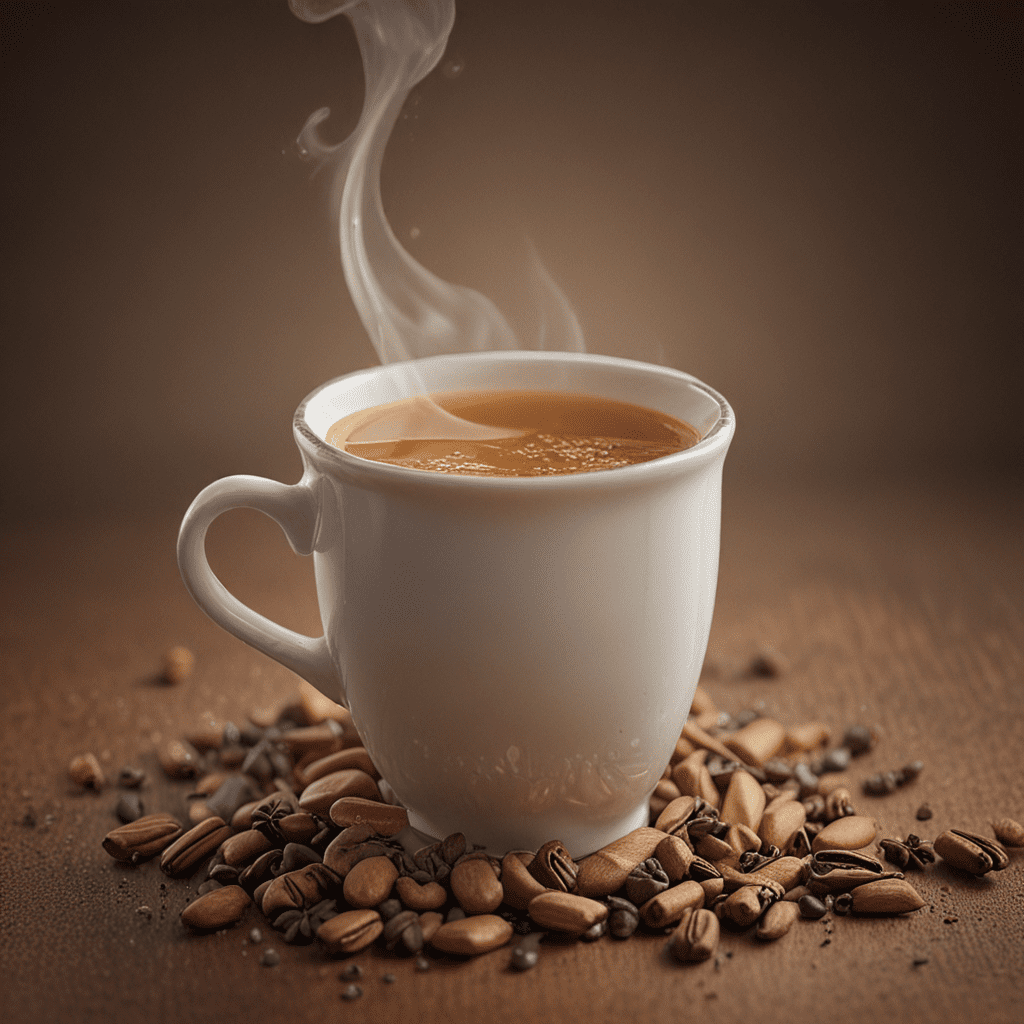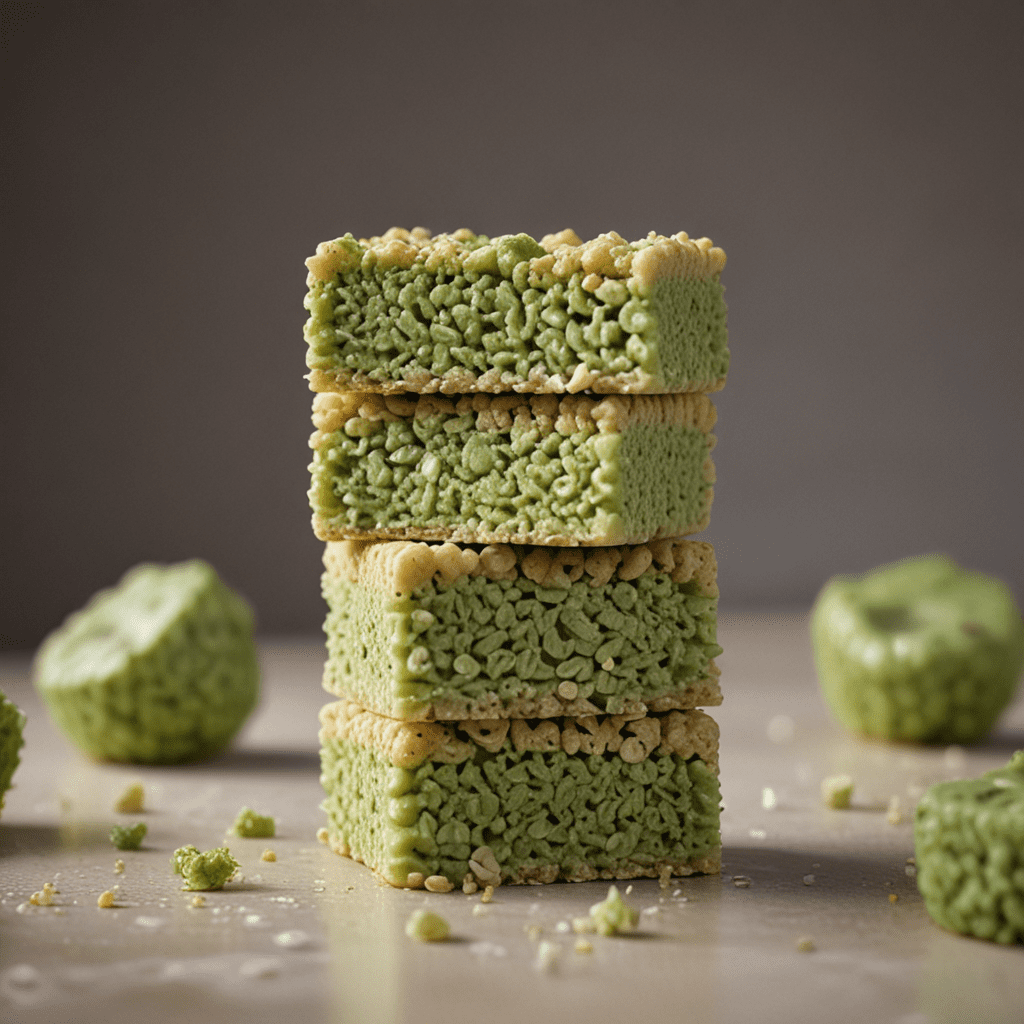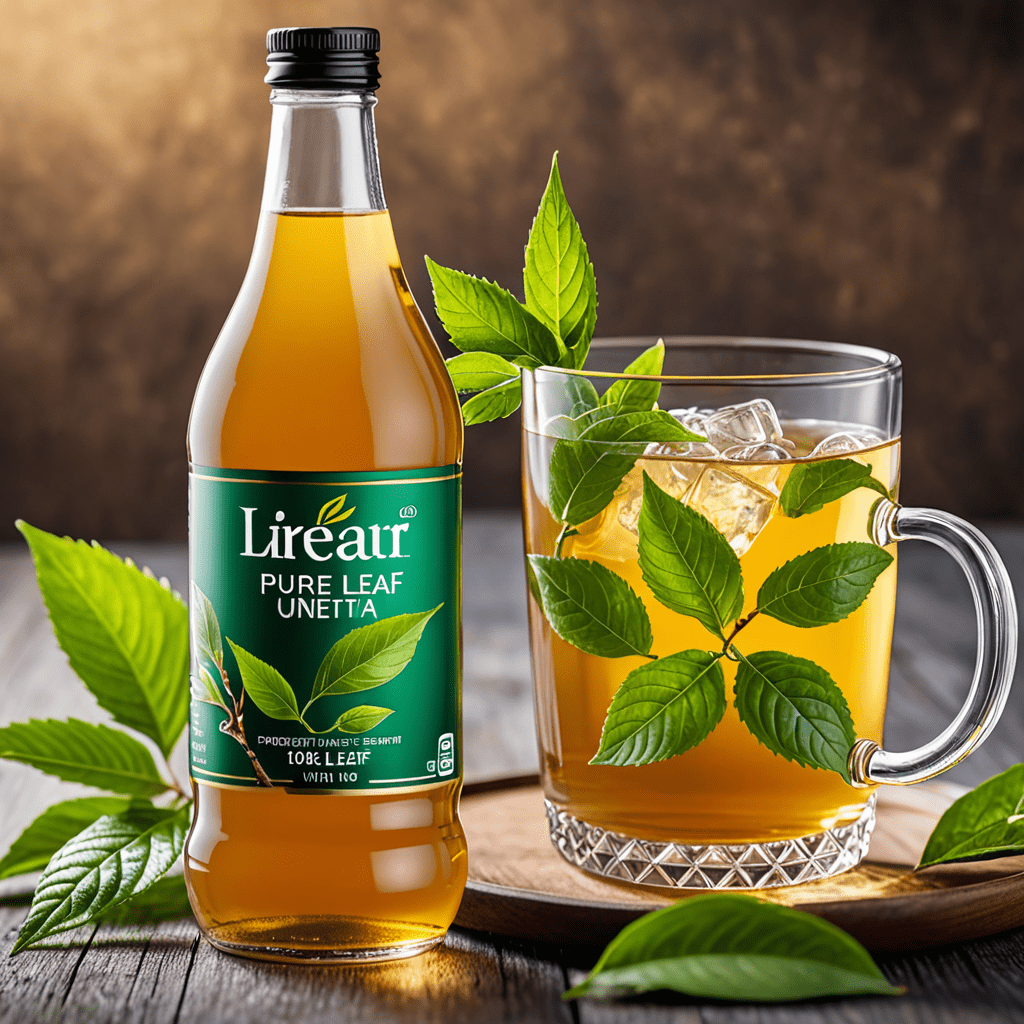
Chai: A Journey Through Flavor and Tradition
Chai, a captivating beverage steeped in history and tradition, has captivated taste buds around the world. Its aromatic warmth and symphony of flavors have made it an indispensable part of various cultures, offering a sensory experience that transcends mere refreshment. Chai is not merely a drink; it's a testament to the power of blending, a celebration of culinary heritage, and a source of comfort and indulgence.
Unveiling the Origins of Chai
The origins of chai can be traced back to the bustling streets of ancient India, where it was first concocted as a medicinal brew. The name "chai" derives from the Hindi word for "tea," reflecting the beverage's deep-rooted connection to the Indian subcontinent. Over the centuries, chai has evolved from its humble beginnings, incorporating influences from diverse cultures, including the British, who introduced black tea to India in the 1800s.
The Art of Blending: Exploring Chai's Aromatic Components
Chai's signature flavor profile is a masterful blend of aromatic spices, each contributing a unique dimension to the symphony of tastes. The most prevalent spices include ginger, cardamom, cinnamon, cloves, and black pepper, but variations exist depending on regional preferences. Ginger adds a piquant zest, while cardamom imparts a warm, nutty sweetness. Cinnamon's distinctive aroma and flavor enhance the blend's richness, and cloves contribute a subtle, alluring pungency. Black pepper adds a hint of warmth and depth, completing the aromatic tapestry that defines chai.
Chai Rituals: From Preparation to Appreciation
Preparing chai is an art form in itself, steeped in tradition and cultural significance. The process begins with selecting high-quality black tea leaves, which are then combined with the aromatic spice blend. The mixture is simmered in milk or water, allowing the flavors to meld and intensify. The brewing time and proportions vary depending on personal preferences, resulting in a range of chai concoctions, from mild and delicate to robust and invigorating.
Health and Wellness Benefits of Chai
Beyond its tantalizing flavor, chai has also gained recognition for its potential health benefits. The spices used in its preparation have long been revered in traditional medicine for their medicinal properties. Ginger is known for its anti-inflammatory and digestive benefits, while cardamom aids in digestion and may help reduce cholesterol levels. Cinnamon possesses antioxidant and anti-inflammatory properties, and cloves contain antimicrobial compounds. Together, these spices may contribute to chai's reputation as a soothing and comforting beverage that supports overall well-being.
Chai's Cultural Significance: A Symbol of Unity and Hospitality
Chai transcends its role as a mere beverage; it's a symbol of cultural unity and hospitality. In India, chai stalls are ubiquitous, serving as social hubs where people gather to connect, share stories, and savor the warmth of shared experiences. The offering of chai signifies friendship, acceptance, and a sense of community. Its presence at weddings, festivals, and other cultural events underscores its deep-rooted significance in Indian culture.
Modern Variations: Chai's Evolution in the Contemporary World
Chai's journey has extended beyond its traditional origins, evolving into a beverage enjoyed worldwide. Contemporary interpretations have introduced variations that cater to diverse palates. Some blends incorporate exotic spices like star anise or saffron, while others add a touch of sweetness with honey or maple syrup. Chai lattes, a combination of chai and steamed milk, have gained popularity in coffee shops, offering a creamy and indulgent twist on the classic beverage.
Chai as an Inspiration: Its Influence on Art and Literature
Chai's captivating aroma and flavors have inspired artists and writers throughout history. Its evocative nature has found expression in poetry, prose, and music. Poets have penned verses extolling its warmth and comfort, while novelists have woven its aroma into the tapestry of their narratives. Chai's influence extends to the culinary world, where it has infused desserts, pastries, and even cocktails with its distinctive flavors.
Chai as a Source of Comfort: Warming the Soul on Chilly Days
Chai's comforting embrace is particularly evident on chilly days, when its warmth soothes the body and soul. Its spicy notes invigorate the senses, dispelling the cold and leaving a lingering feeling of contentment. Sipping a cup of chai by a crackling fire or on a rainy afternoon can transform even the most ordinary moments into cherished experiences.
Conclusion: The Enduring Magic of Chai Tea
Chai, with its rich tapestry of flavors, cultural significance, and comforting allure, has captured hearts and palates worldwide. Its enduring magic lies in its ability to evoke warmth, foster connections, and provide solace. Whether enjoyed in its traditional form or reimagined in contemporary variations, chai remains an aromatic treasure that continues to enchant and inspire.
FAQ
Q: What is the best way to prepare chai?
A: To prepare chai, simmer a blend of black tea leaves and aromatic spices (such as ginger, cardamom, and cinnamon) in milk or water until the flavors meld.
Q: How long should chai be steeped?
A: The steeping time for chai varies depending on personal preference. Generally, it is recommended to steep the spices and tea leaves for 5-10 minutes.
Q: What are the health benefits of chai?
A: Chai may offer various health benefits due to its blend of spices. Ginger aids in digestion and has anti-inflammatory properties, while cardamom supports digestion and may lower cholesterol levels. Cinnamon possesses antioxidant and antibacterial qualities, and cloves contain antimicrobial compounds.
Q: What spices are typically used in chai?
A: The most common spices used in chai include ginger, cardamom, cinnamon, cloves, and black pepper. However, variations may exist depending on regional preferences and personal tastes.


